World Fine Art Professionals and their Key-Pieces, 199 - Grace Wychowanska
World Fine Art Professionals and their Key-Pieces, 199 – Grace Wychowanska
Grace Wychowanska has her studio in a building with a beautiful white facade at the Noordeinde in The Hague. Once inside at the second floor I have a nice view of the back gardens towards Amaliastraat and Paleisstraat. There is even a roof terrace. Grace’s works are hanging on the walls, abstract work, geometric in character, with lines, triangles, squares and circles, in various muted colors.
There is piano music. It comes from the cd ‘Satie – Complete Piano Music’ performed by Jeroen van Veen. Grace: “I like this music. I can work well with it. This is also the case with jazz, for example Miles Davis and Tomasz Stanko, a Polish jazz composer and trumpet player. Especially at the start of a new work, music is important to me. ”
Shapes and colors
She makes collages, drawings, paintings and photo work. These are based on personal memories of events and situations. The central theme is time and space, traveling through time and architecture. “Architecture is in all compositions. It is a certain way of looking. A form evokes associations: a place, a certain atmosphere. It is reason to go further. Certain colors and shapes remind me of events from the past. I transform them into two-dimensional forms, sometimes the proportions and density change. Sometimes it becomes minimalistic, something sublime. That lets you breathe. It has to do with my emotional state and intuition during the creative process. My paintings can be described as a kind of poetry. ”
Grace Wychowanska is originally from Krakow. “A beautiful city with special buildings. The city center is on the UNESCO World Heritage List. As one of the few Polish cities, Krakow suffered few material losses during the war. I used to walk with my mother through the city, we looked at the statues and historical places and in the meantime she spoke about all kinds of details and events. That helped me to become artistically aware.” Her father was also interested, but with him it was mainly about traditional painting, while her mother was interested in all forms of art.
To the Netherlands
In Galerie Krzysztofory in Krakow, Grace became acquainted with the work of Tadeusz Kantor, the famous painter, maker of assembly works, set designer and theater director. In Warsaw she gained insight into figurative art and geometric abstraction through Henryk Stazewski, one of the most prominent representatives of the Polish avant-garde. With this knowledge she arrived in the Netherlands to become proficient in art. She studied photography at the Academy of Fine Arts Psychopolis in The Hague, later (1983-1988) at the Academy of Visual Arts, the Willem de Kooning Academy in Rotterdam and Art Philosophy at the Erasmus University.
She remembers teachers. The Spanish-Dutch Dora Dolz, known for her colorful ceramic exterior sculptures, the draftsman and graphic artist Henk de Looper, the painter and sculptor Heppe de Moor, pupil of Co Westerik. “All of them influential teachers.” And Henk Oosterling, the Rotterdam philosopher of sustainability and the eco-system.
Why did she go to the Netherlands? “I was looking for a new challenge, to places where new art is made. Van Gogh went to Paris, Mondrian to New York and I to Rotterdam, and then The Hague.” What does she think of The Hague? “A beautiful city. It has atmosphere and people are civilized. It reminds me of Krakow. I am very satisfied with my studio in The Hague. I am really enjoying it. I participate in the cultural life of the city. I often visit the museums and galleries. I am regularly in the Gallery Nouvelles Images, Stroom, Galerie Hoorn & Reniers and Twelve Twelve Contemporary Art Gallery run by Silvia Bakker.”
Last work
Does she have a key work, a work that functioned as a turning point? “With me there is a continuous flow. The one follows from the other. The last work is still the most and fresh in my mind, which I incorporate in a certain sense into new work. If you would like to speak of a key work, then the answer is: my key work is my last work.”
Grace Wychowanska often participates in exhibitions, especially group exhibitions. “I am looking for collective initiatives. In Rotterdam the CBK is good at that, in The Hague you have the Open Ateliers The Hague, this year in October and nationwide you have the National Atelier Weekend in November. ”
Finally: her philosophy. “The creative process is for me the most important thing. In this process thoughts and all kinds of experiences arise, which I then connect with shapes and colors.” Grace Wychowanska is one of the artists of Bos Fine Art The Hague.
https://bit.ly/2DCrjf1
http://gracewychowanska.phor.nl/
https://www.bosfineart.com/nl/
https://ifthenisnow.eu/nl/verhalen/de-wereld-van-de-haagse-kunstenaar-84-grace-wychowanska
Disclaimer: The views, opinions and positions expressed within this guest article are those of the author Walter van Teeffelen alone and do not represent those of the Marbella Marbella website. The accuracy, completeness and validity of any statements made within this article are not guaranteed. We accept no liability for any errors, omissions or representations. The copyright of this content belongs to Walter van Teeffelen and any liability with regards to infringement of intellectual property rights remains with the author.

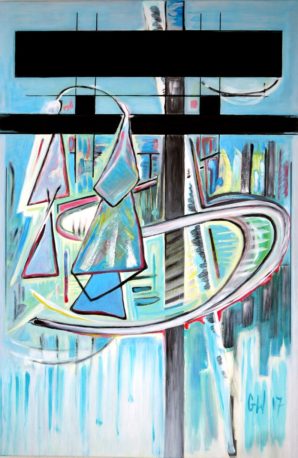
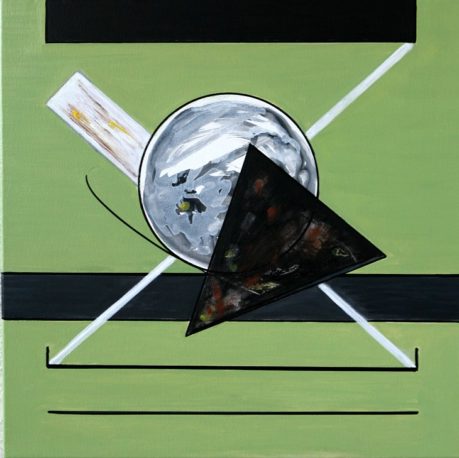

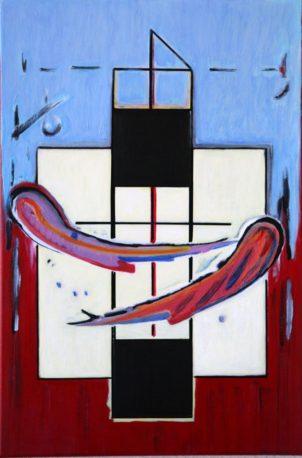
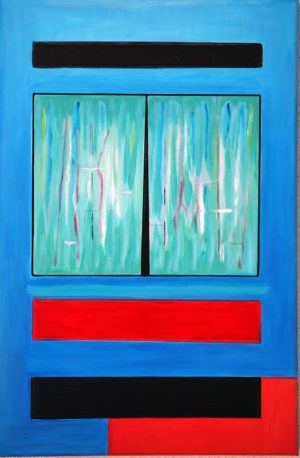
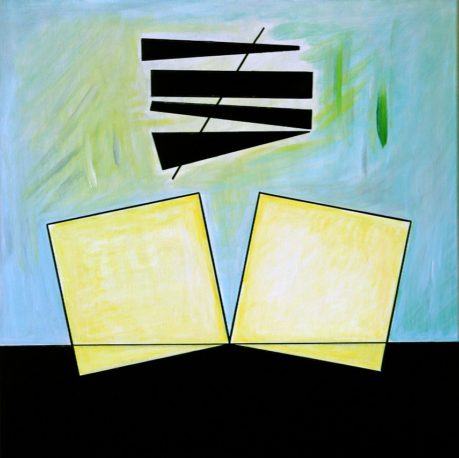
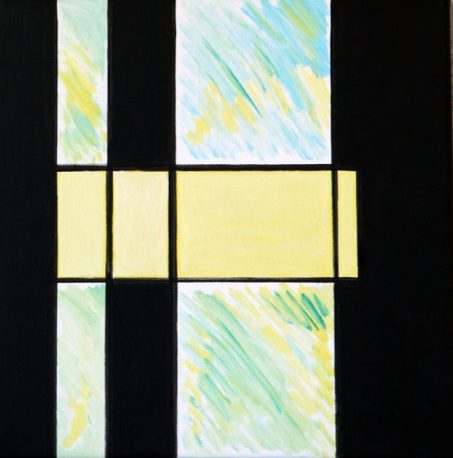
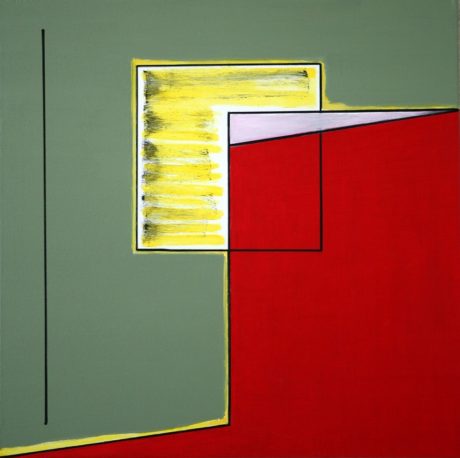















The opinions expressed by individual commentators and contributors do not necessarily constitute this website's position on the particular topic.